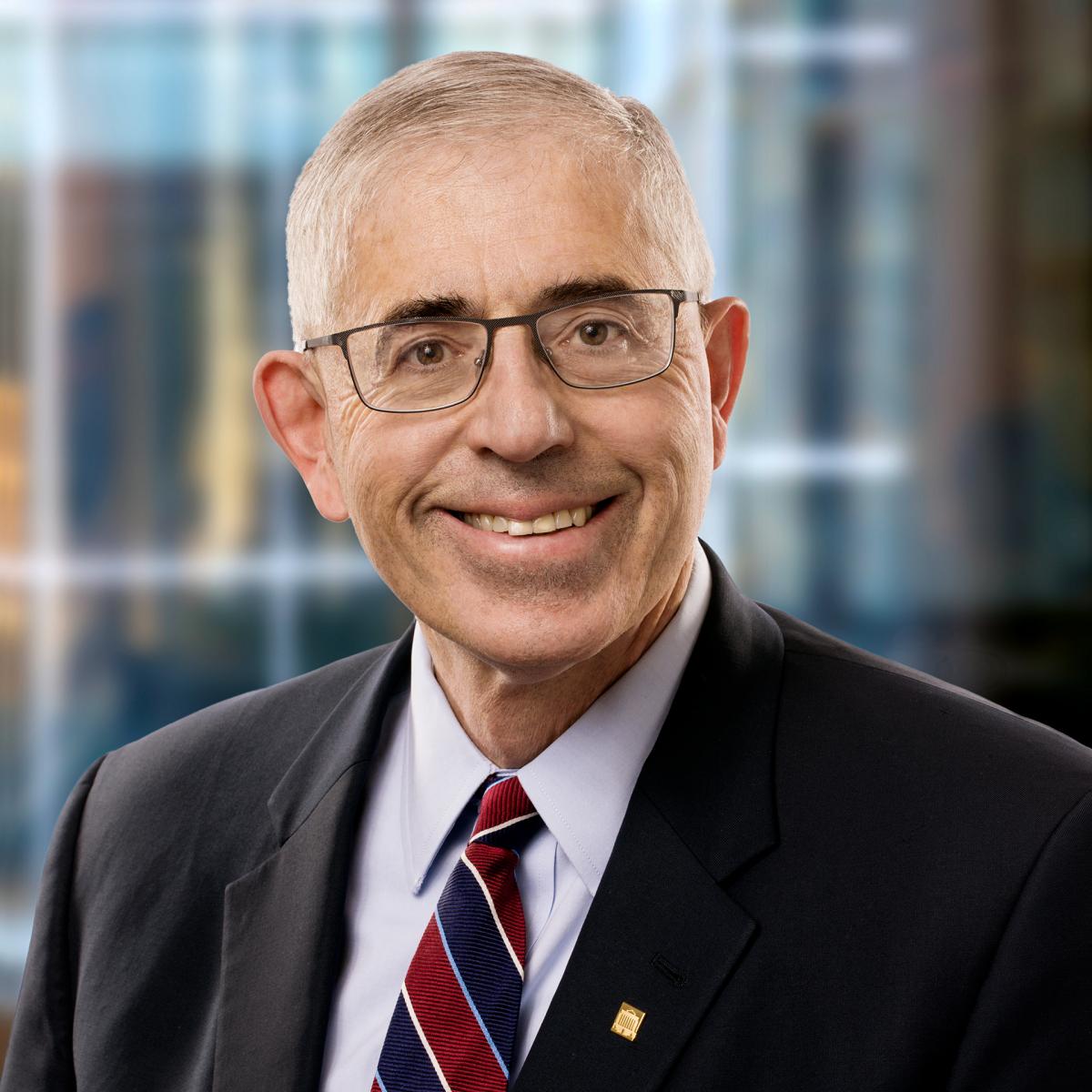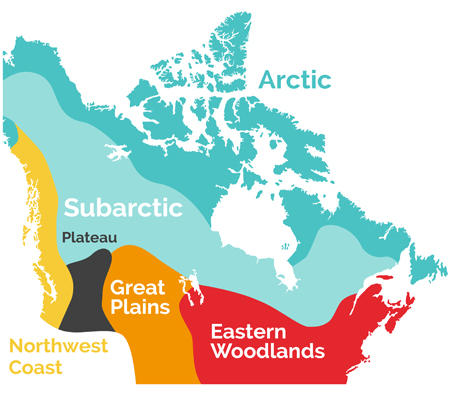November 5, 2021Kwey. Taanishi. Atelihai. Weyk-t. Hello  Message from the Bank of CanadaIn a few short weeks, we will gather virtually for the inaugural Symposium on Indigenous Economies to discuss Indigenous economics from a Canadian and international perspective. This will be an excellent opportunity to expand our understanding of Indigenous economies – their differences, their challenges and especially their strengths and opportunities – and to explore how we, as central banks, can incorporate this knowledge into our collective efforts to promote the Indigenous economy in Canada and help our First Nations, Metis and Inuit communities realise their full potential.
This symposium was planned as the most severe pandemic in a century created a devastating public health crisis and caused massive disruption in the global economy. Its impacts have touched us all greatly and have highlighted the critical economic issues that we need to address.
While I regret that the COVID pandemic is preventing us from holding the conference in-person in Ottawa, I am excited about the innovative virtual conference we are planning. It is my hope is that through these discussions with you and our Symposium partners – the Tulo Centre for Indigenous Economics and Te Pūtea Matua (Reserve Bank of New Zealand) – we can identify priority issues and we can, by working together, support progress where it is most needed.
I am certain you will find this conference inspiring, rewarding, and meaningful. I look forward to our discussions at the end of November.
 |
Lawrence L. Schembri
Deputy Governor
Bank of Canada |
Join our first ever online symposium on Indigenous economiesNovember 29-30 from 13:45 to 19:00 ET | North America
November 30-December 1 from 07:45 to 13:00 NZDT | South Pacific
|
Educate, excite, explore
This is the first of four newsletters which will explore the uniqueness of Indigenous Peoples across Canada. In the coming weeks we will explore the rich cultures of First Nations, Métis and Inuit peoples individually. Each newsletter will provide resources to learn more about Indigenous economies and cultural elements including creation stories, art, food, history and more.
Whether you are an expert on Indigenous inclusion, or newly interested in Canada’s relationship with Indigenous Peoples, we want to ensure all symposium participants have the opportunity to learn about Indigenous economies and to learn more about the diverse cultural landscape of Indigenous groups in Canada.
Keep an eye on your inbox for upcoming newsletters.
Indigenous Peoples in Canada
Indigenous Peoples are the First Peoples of Canada and have been here since time immemorial. There are three distinct groups of Indigenous Peoples in Canada: First Nations, Inuit and Métis, each with unique traditions, languages, and beliefs.
Demographic facts
- There are approx. 1.67 million Indigenous Peoples in Canada (nearly 5% of the total population)
- First Nations are the largest group (60% of total), followed by Métis (36%) and the Inuit population (4%)
- Indigenous Peoples live in 600+ communities across Canada and speak 70+ different languages
- Compared to the non-Indigenous population, the Indigenous population is younger, growing faster, and more likely to be located in predominantly rural regions (approx. 60% of Indigenous Canadians live in predominantly rural regions compared to 33% for non-Indigenous Peoples)
Source: Aboriginal peoples in Canada (Statistics Canada)
Oral History
Indigenous Peoples remember their origins through oral histories passed down by elders.
These narratives describe the creation of the world and how First Peoples came to live in it. More than legends, they embody a view of how the world fits together, and how human beings should behave in it.
Excerpt from: Traditional Stories and Creation Stories (Canadian Museum of History)
Colonization
The arrival of Europeans and colonization forever altered traditional ways of life for Indigenous Peoples across Turtle Island. Colonization and implementation of policies including the Indian Act, reserves and residential schools sought to control and assimilate Indigenous Peoples. These have had historic and ongoing impacts on generations of Indigenous Peoples.
Read more: Indigenous Peoples in Canada (The Canadian Encyclopedia)
Canada: Our home on native land
|

Explore this interactive map showing traditional territories, languages and treaties (Native Digital Land)
|
Indigenous Peoples are deeply connected to their traditional lands, with cultural identity closely linked to geographical location. It should be noted that the Indigenous Peoples within each region are not culturally homogenous, but share some similarities in culture and history.
In Canada, there are six broad cultural areas based on geography:
- Arctic
- Subarctic
- Northwest Coast
- Plateau
- Plains
- Eastern Woodlands
Today’s borders do not reflect traditional lands. Further, as Canada colonized Indigenous Peoples, the Indian Act, which created land treaties and Canada’s reserve system, determined where and how Indigenous Peoples can live. The creation of reserves was a government sanctioned displacement of Indigenous Peoples from their traditional lands, the impacts of which continue to be felt today.
The Indigenous economy in Canada
A 2020 Organization for Economic Co-operation and Development (OECD) report noted that the Indigenous business sector plays an important role in generating wealth and jobs for local communities, and some of these businesses are competitive and national and international markets. They are more likely to export and have a higher propensity to innovate.
Most Indigenous people participate in the formal labour market, however participation rates are generally lower than non-Indigenous Canadians. In 2017, the Advisory Council on Economic Growth recommended boosting Indigenous participation to improve economic outcomes and contribute to significant growth. The council suggested bringing the participation rates of Indigenous Peoples up to those of other Canadians could add $7 billion annually.
A 2017 report by the Centre for the Study of Living Standards also noted that boosting participation would increase GDP by $36.4 billion by 2031. Increased participation can only happen, however, when deeply rooted systemic barriers to inclusion are eliminated. This includes access to education, discrimination, and limited opportunities in rural and remote areas.
Source: Profile of Indigenous Canada (OECD)
Read more: First Peoples of Canada - Historical Indigenous Economies (Canadian Museum of History)
Truth and Reconciliation
In 2008, the Truth and Reconciliation commission (TRC) was established to inform all Canadians about what happened in residential schools. The commission concluded its work in 2015, presenting a report with 94 Calls to Action to advance the process of reconciliation.
“ ”
Education is what got us into this mess and education is key to getting us out of it.
—Said by former TRC chair, the Honourable Murray Sinclair
|
Reconciliation starts by listening and learning. Learn more about the TRC and its important work.
Why land acknowledgements are important
The land acknowledgement is a formal statement recognizing the unique and enduring relationship that exists between Indigenous Peoples and their traditional territories.
To recognize the land is an expression of gratitude and appreciation to those whose territory you reside on, and a way of honouring the Indigenous people who have been living and working on the land from time immemorial. It is important to understand the long-standing history that has brought you to reside on the land, and to seek to understand your place within that history.
Land acknowledgements do not exist in a past tense, or historical context: colonialism is a current ongoing process, and we need to build our mindfulness of our present participation. It is also worth noting that acknowledging the land is Indigenous protocol.
Excerpt from: Land Acknowledgement (University of Toronto)
Acknowledgements
We acknowledge that the Bank of Canada offices are located on the land of the First Nations, Inuit, and Métis. We pay our respect to Indigenous Peoples across the country and to their ancestors for their immeasurable contributions to this country. |